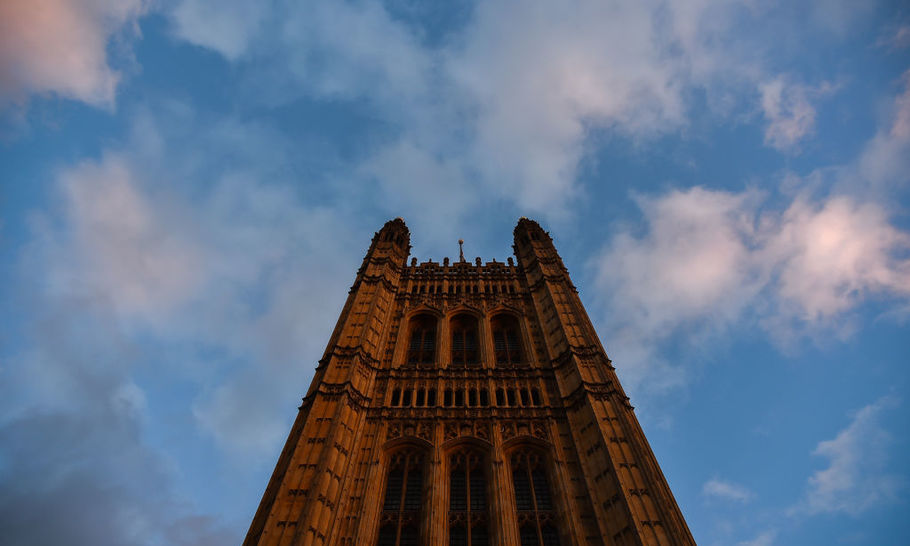Westminster this week: the lowdown

Alberto Pezzali/NurPhoto via Getty Images
May on the move
Having promised the disgruntled House that she would return to Brussels to try and renegotiate her own deal, the poor Prime Minister was obliged to do just that this week. And it went just as well as we all expected. One after another, ministers from the EU27 came forward to say that on no account would they be prepared to reopen the Withdrawal Agreement. The only shard of hope for Theresa May is that the bloc agreed to ‘reopen talks’, but, considering the DUP and the ERG has made it perfectly plain that only legally binding changes to the text of the deal will cut it, it’s a very tiny shard indeed.
Now, Theresa May has gone to Ireland to see if Leo Varadkar, the most fervent cheerleader for the backstop, will be any more persuadable. Rather her than me…
“A special place in hell”
Donald Tusk put the cat among the pigeons on Tuesday, saying in a press conference that “there is a special place in hell” for “those who promoted Brexit without even a sketch of a plan of how to carry it out safely”. Tusk seems pretty pleased with the comment (he was overheard laughing with Leo Varadkar about the reaction of the British press), but it has already backfired. United in fury against an unelected Brussels bureaucrat, the Conservative Party has come together – and looks less likely than ever to back down on the backstop. As Daniel Johnson suggests in his leader today, it could well be that the ultimate outcome of Tusk’s meddling will be what he would call a “disorderly” Brexit.
Has Corbyn got the answer?
Arch Remainers were excited on Wednesday after Jeremy Corbyn emerged from a meeting with Theresa May clutching a list of ‘five demands’ which must be met by the Prime Minister before Labour backs her deal. The demands included a “permanent and comprehensive UK-wide customs union” which would include a say in future trade deals with the EU, and close alignment with the Single Market “underpinned by shared institutions and obligations”.
The EU, unsurprisingly, is enthusiastically supporting his proposal.
Bizarrely, it seems, Theresa May – a technocratic, cautious politician with a tepid interest in free markets – has become the face of Conservative Brexit: a movement dependent on gung-ho faith in Britain’s ability to stand tall on the global stage and make free trade deals with the rest of the world. Meanwhile Jeremy Corbyn, a man who’s spent his life voting against European treaties and whose vision of a protectionist, socialist Britain would be massively held back by the European Union’s free trade areas, is, under a lot of pressure, now leading the charge for a super soft Brexit (or BRINO: Brexit in name only).
It’s a funny old world.
What next?
If Theresa May brings her deal back to the House for a second vote next Thursday as planned (not guaranteed, rumours are rife that she might bail), it will almost certainly be flattened again by parliament.
Then what? Corbyn’s proposal is being hyped up as a possible way out, but May knows that if she backed it, Brexiteers in her party would see it as the ultimate betrayal – and she would be finished. If given the choice between prolonging the deadlock and giving in to Labour (and in so doing, risking a Corbyn Government), the Prime Minister will opt for the former.
If I were a betting woman, I’d put my money on no one budging an inch until March 28th, and then, seemingly out of nowhere, some sort of fudge on the backstop will be agreed.





